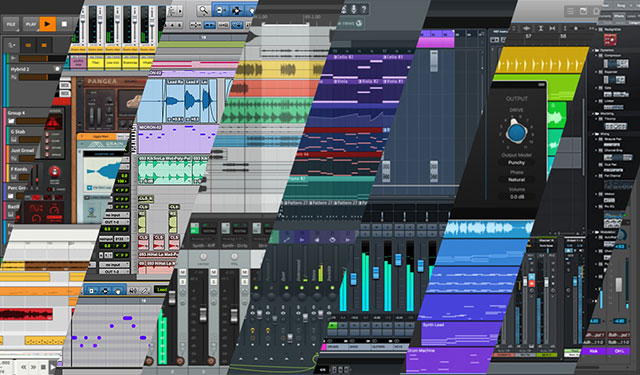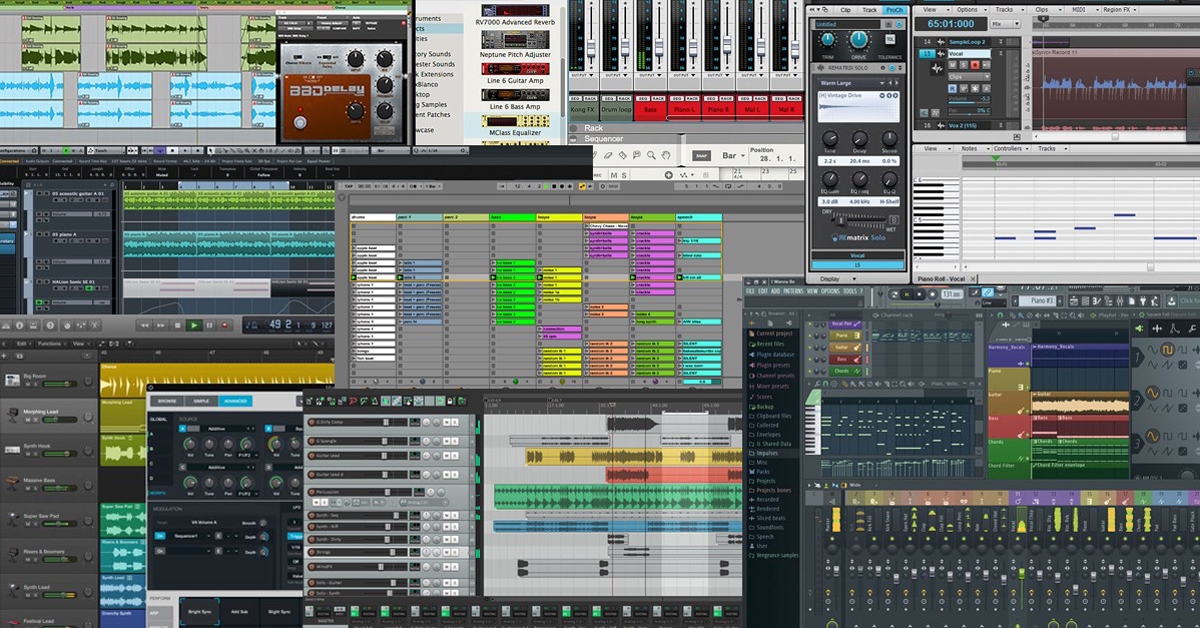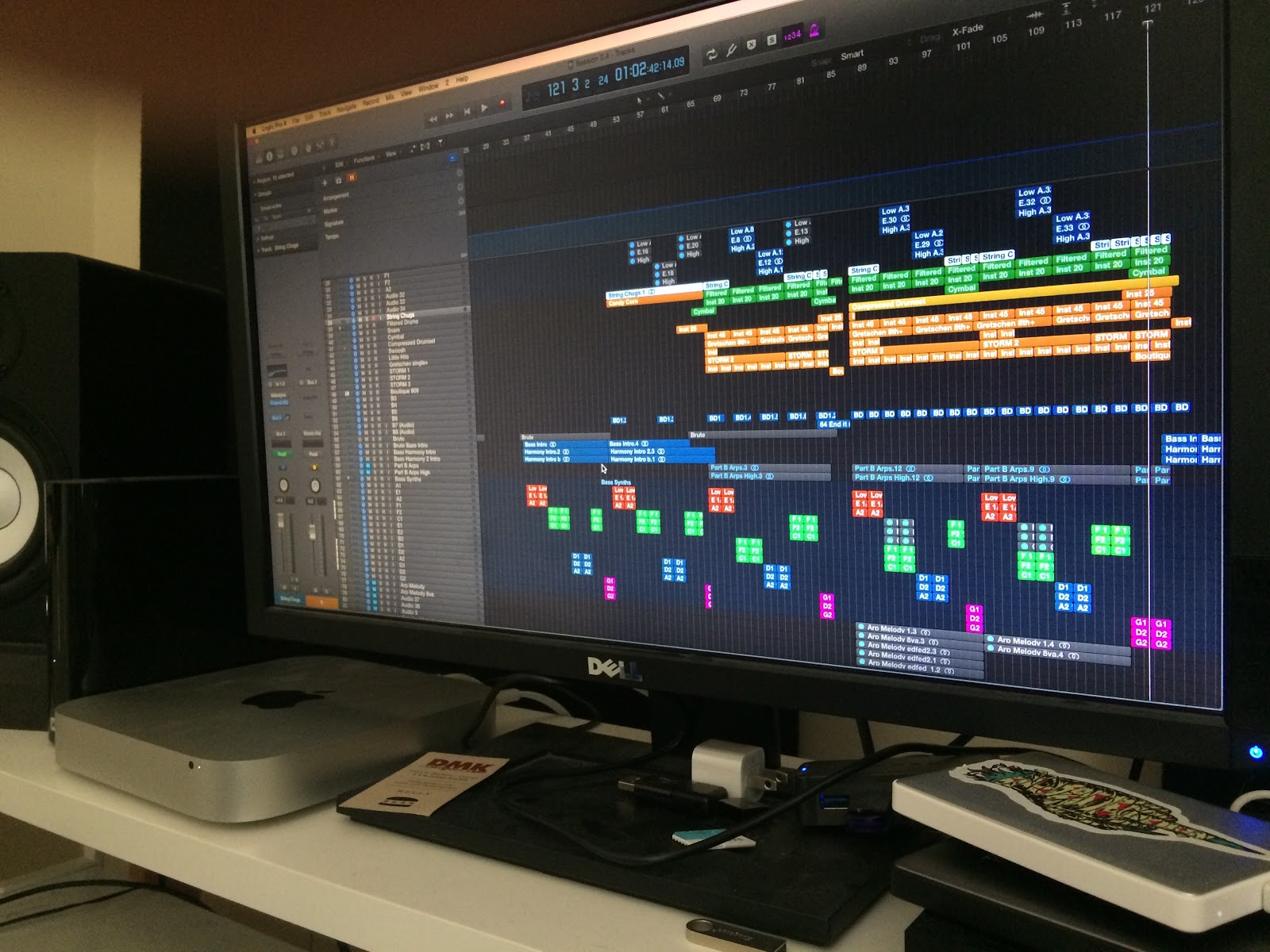Using Digital Audio Workstations (DAWs) for worship music production can seem daunting, but with the right approach, it can unlock incredible creative potential. Whether you’re a seasoned professional or just starting out, understanding the fundamentals of DAWs is crucial for crafting compelling and impactful worship experiences.
This guide, tailored specifically for music lovers, will provide practical advice and assistance to help you confidently navigate the world of DAWs and elevate your worship music production. Remember, theautonomics.com is a great resource for further exploration into music technology.
Explore
- 1 Getting Started: Choosing the Right DAW
- 2 Navigating the Interface: Understanding the Basics
- 3 Recording Instruments and Vocals: Achieving High-Quality Sound
- 4 Editing and Mixing: Shaping Your Sound
- 5 Mastering: The Final Polish
- 6 Utilizing MIDI and Virtual Instruments: Expanding Your Creative Palette
- 7 Collaboration and Sharing: Working with Others
- 8 Troubleshooting Common Issues: Overcoming Challenges
- 9 Beyond the Basics: Advanced Techniques
- 10 The Power of Practice: Continuous Improvement
- 11 Final Thoughts: Embracing the Creative Journey
Getting Started: Choosing the Right DAW
The first step in your journey is selecting a suitable DAW. Many excellent options exist, each with its strengths and weaknesses. Some popular choices include Logic Pro X, Ableton Live, Pro Tools, Cubase, and GarageBand. Consider your budget, technical proficiency, and specific needs when making your decision. For beginners, GarageBand offers a user-friendly interface and a solid foundation for learning. More advanced users might prefer the extensive features and customization options of Pro Tools or Ableton Live. Ultimately, the best DAW is the one you find most intuitive and enjoyable to use. Remember, mastering a DAW takes time and practice; don’t be discouraged if you don’t become an expert overnight. Choosing the right Digital Audio Workstation is the first crucial step to producing compelling worship music.
Once you’ve chosen your DAW, it’s time to familiarize yourself with its interface. Most DAWs share a common structure, including a timeline for arranging tracks, mixer for adjusting levels and effects, and a transport section for playback control. Spend time exploring each section, understanding the functions of different buttons, knobs, and menus. Don’t be afraid to experiment – the best way to learn is by doing. Many DAWs offer comprehensive tutorials and documentation, which can be incredibly helpful in understanding the intricacies of their software. Take advantage of these resources and don’t hesitate to search online for additional tutorials and tips. Proficiency with your Digital Audio Workstation is key to unlocking its creative power.
Recording Instruments and Vocals: Achieving High-Quality Sound
Recording high-quality audio is essential for producing professional-sounding worship music. Ensure your microphones are properly positioned and that your recording environment is acoustically treated to minimize unwanted noise and reflections. Pay close attention to levels during recording, avoiding clipping (distortion caused by exceeding the maximum signal level). Experiment with different microphone techniques to find the best sound for each instrument and vocal. Proper microphone technique is critical for achieving a professional sound using your Digital Audio Workstation.
Editing and Mixing: Shaping Your Sound
After recording, you’ll need to edit and mix your tracks to create a cohesive and balanced sound. This involves tasks such as trimming, cutting, and pasting audio clips, adjusting levels, panning, and applying effects. Use EQ (equalization) to shape the frequency response of each track, removing unwanted muddiness or harshness. Compression can help control dynamics and make your tracks sound more polished. Reverb and delay can add depth and space, while other effects like chorus, flanger, and phaser can introduce creative textures. Mastering these techniques is crucial for producing high-quality worship music using a Digital Audio Workstation.
Mastering: The Final Polish

Mastering is the final stage of the production process, where you optimize your mix for playback across different systems. This involves adjusting the overall volume, dynamics, and stereo image to ensure your music sounds great on everything from headphones to large PA systems. Mastering often requires specialized knowledge and equipment, so you may want to consider hiring a professional mastering engineer for this step. However, many DAWs include mastering plugins that can help you achieve good results. The final polish, mastering, brings your worship music to a professional level using your Digital Audio Workstation.
Utilizing MIDI and Virtual Instruments: Expanding Your Creative Palette
DAWs allow you to work with MIDI (Musical Instrument Digital Interface) data, which enables you to play and record virtual instruments. This opens up a world of creative possibilities, allowing you to incorporate a wide range of sounds and textures into your music without needing to own physical instruments. Explore different virtual instruments, experimenting with different sounds and styles. The use of MIDI and virtual instruments within your Digital Audio Workstation can dramatically increase your creative options.
Collaboration and Sharing: Working with Others
Many DAWs offer features that facilitate collaboration. This allows multiple users to work on the same project simultaneously, enabling a more efficient and collaborative workflow. Consider using cloud-based storage or collaborative platforms to share your projects with others. Sharing your work and collaborating with others is an important aspect of using your Digital Audio Workstation.

Troubleshooting Common Issues: Overcoming Challenges
You’ll likely encounter various technical challenges along the way. Common issues include audio dropouts, latency (delay between playing and hearing the sound), and plugin conflicts. Take the time to learn how to troubleshoot these problems effectively. Online forums, tutorials, and support documentation can be invaluable resources. Learning to troubleshoot common problems is an important part of using your Digital Audio Workstation effectively.
Beyond the Basics: Advanced Techniques
As your skills develop, you can explore more advanced techniques, such as automation, scoring, sound design, and advanced mixing and mastering techniques. These techniques allow for greater control and creative expression within your Digital Audio Workstation.
The Power of Practice: Continuous Improvement

Mastering a DAW is a journey, not a destination. Consistent practice is key to developing your skills and becoming proficient in using your chosen Digital Audio Workstation. Don’t be afraid to experiment, try new things, and learn from your mistakes. The more you use your DAW, the more comfortable and confident you will become. Continuous improvement is essential for mastering Digital Audio Workstations.
Final Thoughts: Embracing the Creative Journey
Using Digital Audio Workstations for worship music production can be incredibly rewarding. By understanding the fundamentals, practicing consistently, and embracing the creative process, you can produce high-quality, impactful music that glorifies God and inspires others. Remember, your Digital Audio Workstation is a powerful tool; utilize its capabilities to create music that touches hearts and lifts spirits. The journey of learning and creating is a continuous process, and your dedication will be reflected in the quality of your worship music.
